Explore famous mansions in Da Lat.
Bao Dai Palace in Da Lat is the residence and working place of King Bao Dai, the last king of the Vietnamese feudal dynasty, including Palace I, Palace II, and Palace III, all built in French-style architecture.
If you have the opportunity to visit Da Lat city, you should visit the residences of King Bao Dai. The first is:
Palace I Da Lat - Magnificent mansion of King Bao Dai - Luxurious ancient villa in the middle of the pine forest.
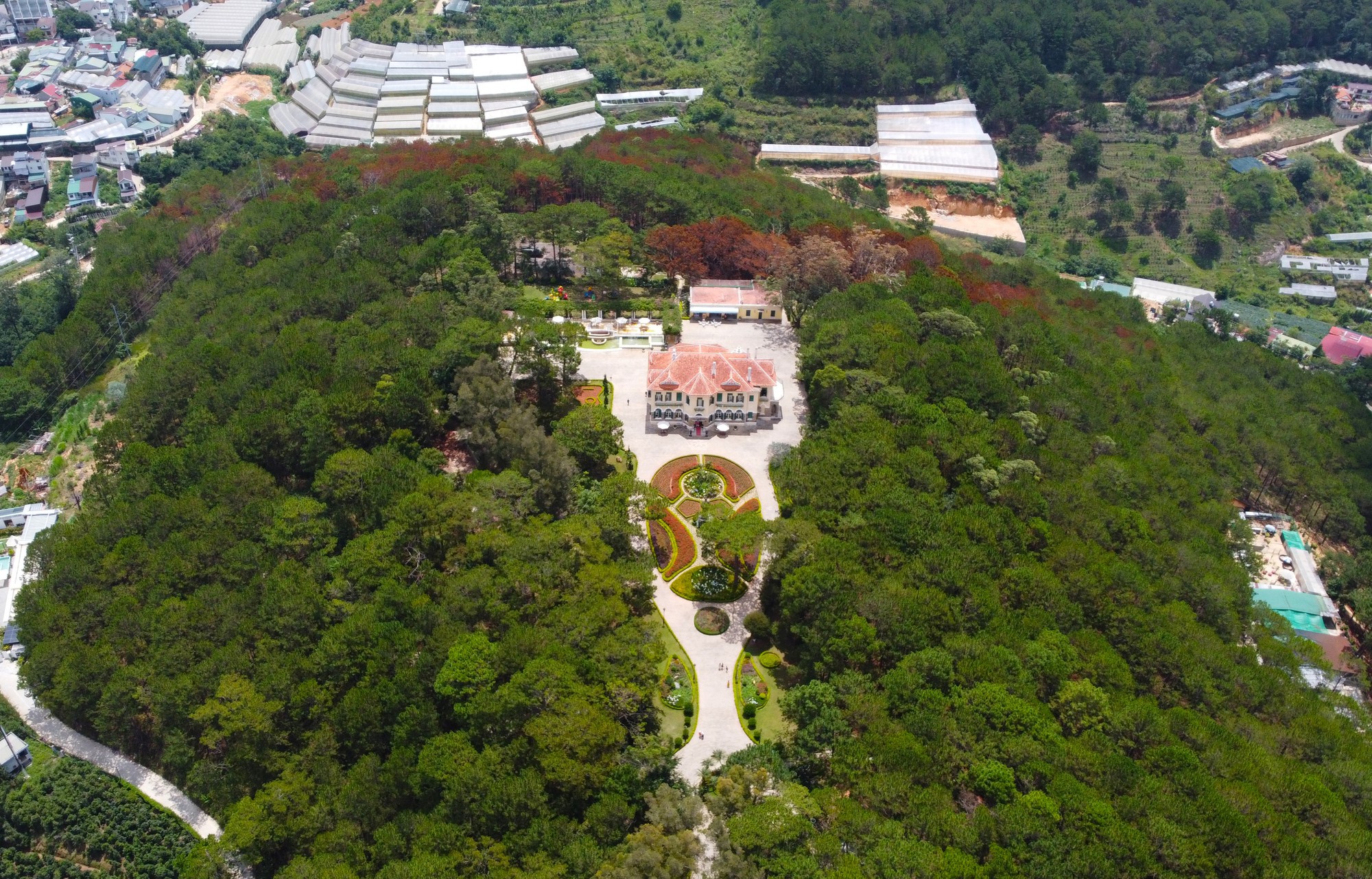
No. 1 Tran Quang Dieu Street, Ward 10, City. Da Lat, Lam Dong province.
Palace I is an architectural work in Da Lat city, Vietnam. Palace I was built in 1940 by a French millionaire named Robert Clément Bourgery on a hill 1550m high, surrounded by pine forests. The area is about 60 hectares.
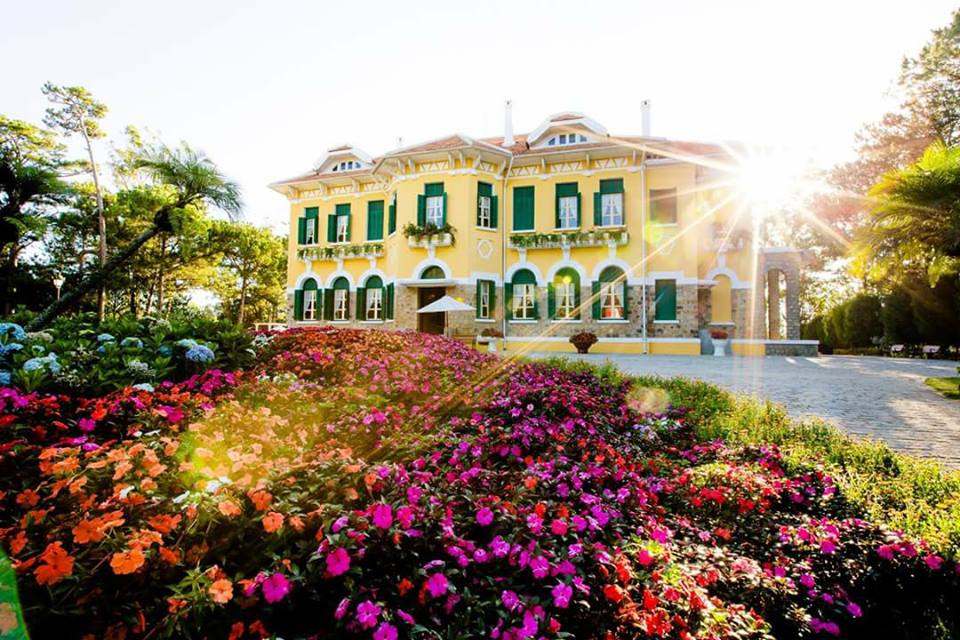
Next is Palace II - Palace 2 of Da Lat, also known as the King's Plenipotentiary Palace; and under Decoux (the governor-general of French Indochina), this place was called Decoux's Summer Residence because he often came to rest at the mansion during the summer from May to October. The mansion is one of three massive mansions with lavish and splendid architecture built by King Bao Dai in the past.
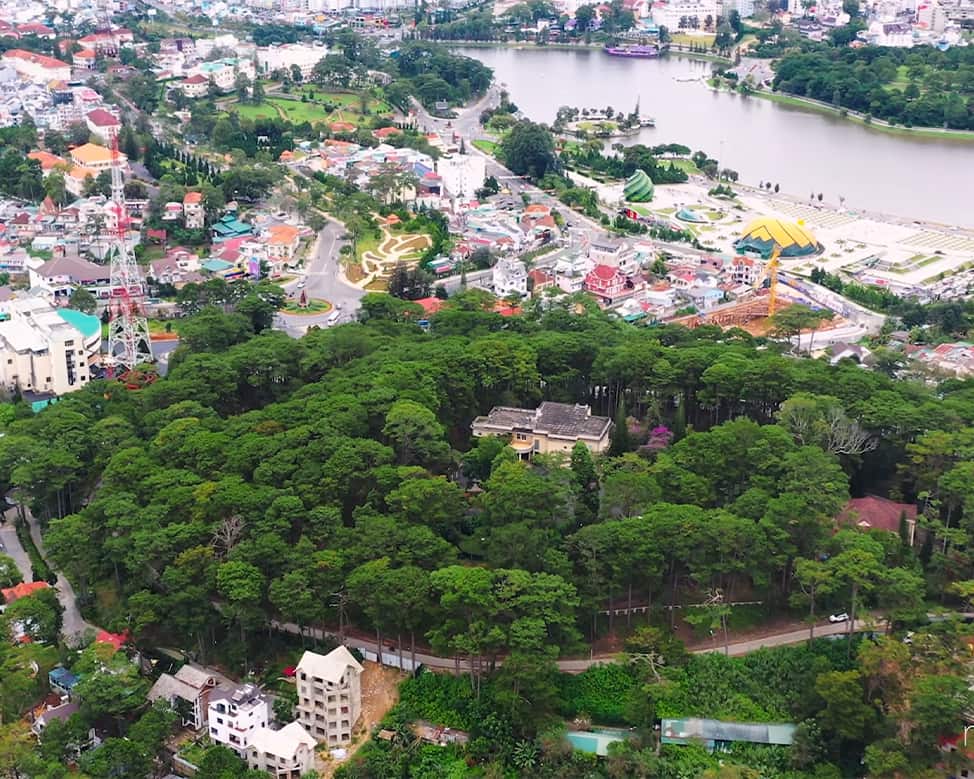
Address: 12 Tran Hung Dao, Ward 10, Da Lat City, Lam Dong.
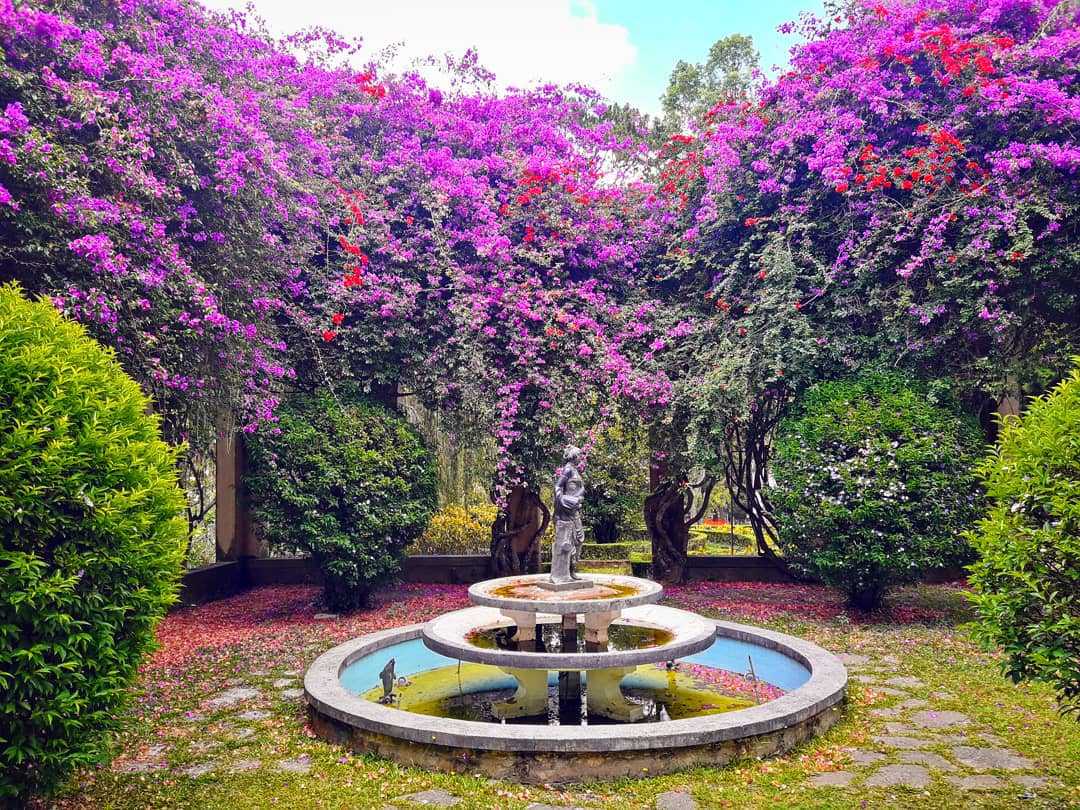
People often come here to take pictures or take wedding photos. If you are planning to take wedding photos, you should go to Palace 2 for reference.
Palace III, also known as Bao Dai Palace, was built between 1933 and 1938 and is where King Bao Dai's family lived and worked in Da Lat city. Palace III was designed by two French architects named Paul Veysseyre and Arthur Kruze.

Palace III is located in the middle of Ai An forest, on top of the hill where Ernest Hébrard's Dalat embellishment project was intended for the Governor General's Palace. The entire building is heavily influenced by European architectural style; typically, there are flower gardens in front of the palace and behind it.
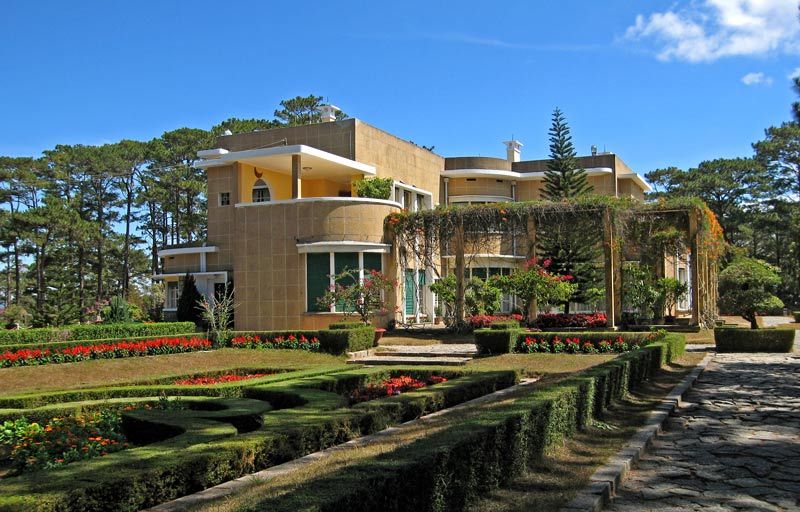
In addition to the palace's value as one of the most unique European architectures, the palace also contains many Hue royal antiques and an underground wine cellar. In addition, the palace also contains products that Bao Dai hunted, such as three sets of tiger skins and ivory








